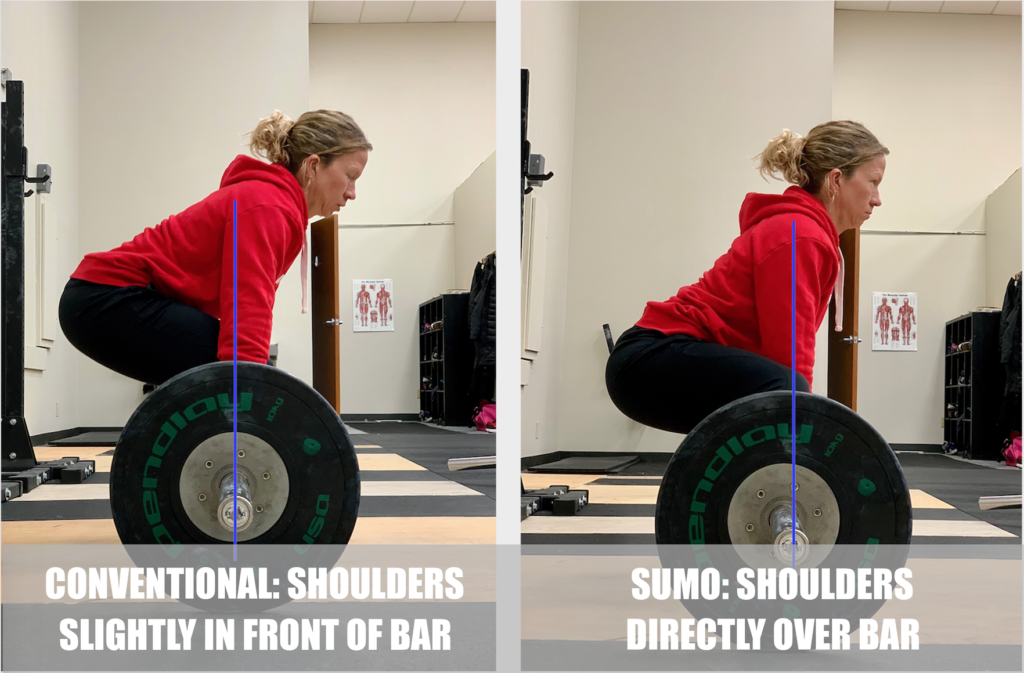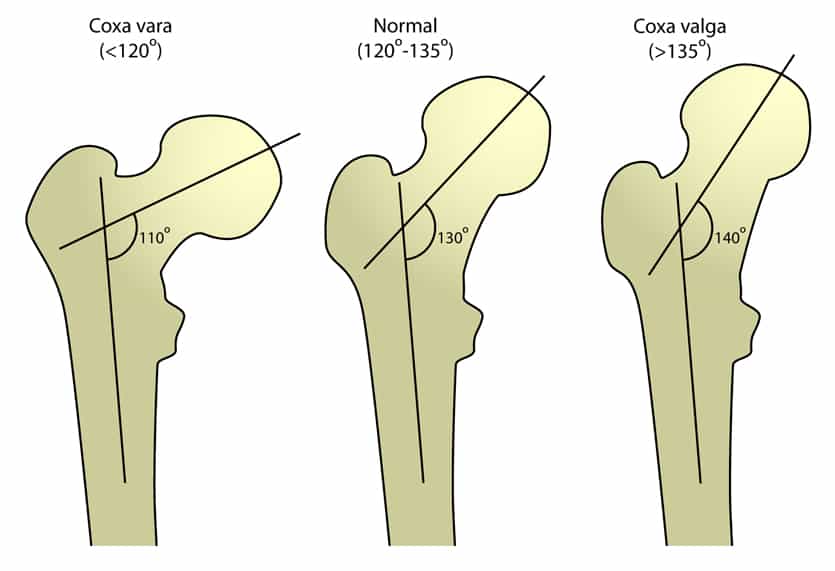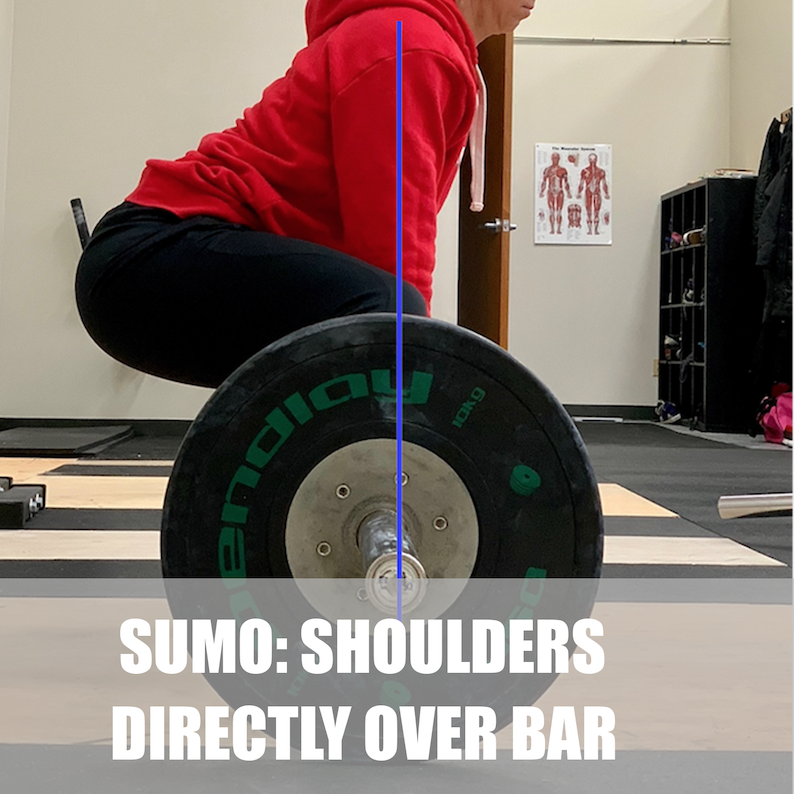Even the most inexperienced lifters can usually recognize the difference between sumo and conventional deadlifts: with sumo, the arms are inside the legs (the width of the stance varies greatly), and with conventional, the arms are outside the legs. The hard part is deciding which one to do.
Before we talk about which one's right for you, let’s talk about the major differences.
RANGE OF MOTION: The wide stance used in sumo shortens means the bar has to travel a shorter distance. In general, it’s 20-25% less. This doesn’t necessarily mean it’s easier, it’s just a shorter distance.
TORSO ANGLE: In a conventional deadlift, your shoulders should be slightly in front of the bar. In sumo, your shoulders should be directly above the bar.

MUSCULAR DEMANDS: When breaking inertia/during the initial pull, the conventional stance requires more work from the erectors/back (since the shoulders are slightly in front of the bar). A sumo stance requires greater quad recruitment off the floor. Click here to learn more about muscle recruitment during the entire movement.
WHAT MATTERS MOST?
A lot of people think it has everything to do with levers - if you have short arms, you should do sumo. If you have long arms, you should do conventional. Long legs? Better do sumo. But hang on… there’s more to it than that.
HIPS:
The hip socket really calls the shots. There’s a great deal of variation in the angle of the femoral neck relative to the femur shaft. And ultimately, that’s what determines how comfortable/effective you are in each of the pulling positions.
Behrang Amini, MD/Ph.D., published an extremely helpful diagram that demonstrates these differences.

WHICH ONE IS RIGHT FOR YOU?
Experiment with both. Which feels more natural? More comfortable? Which one allows you to move more weight?


